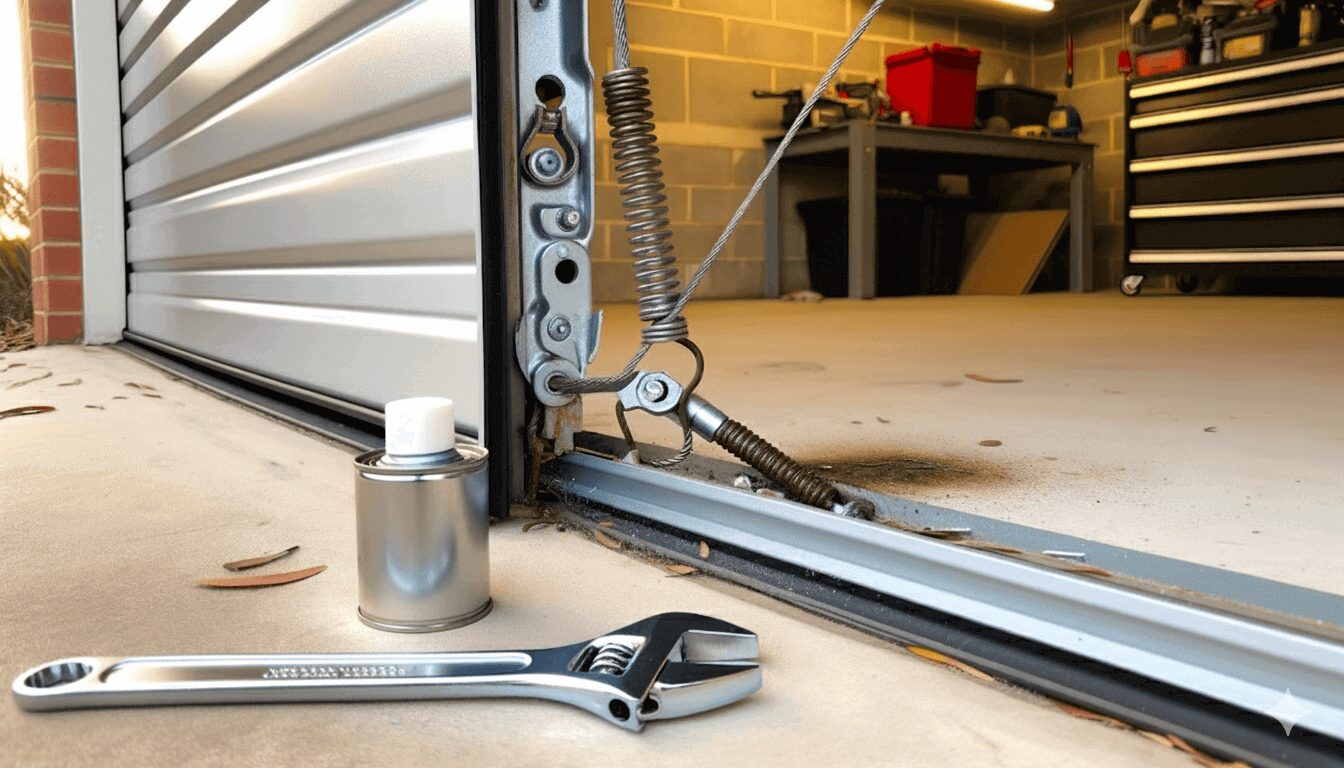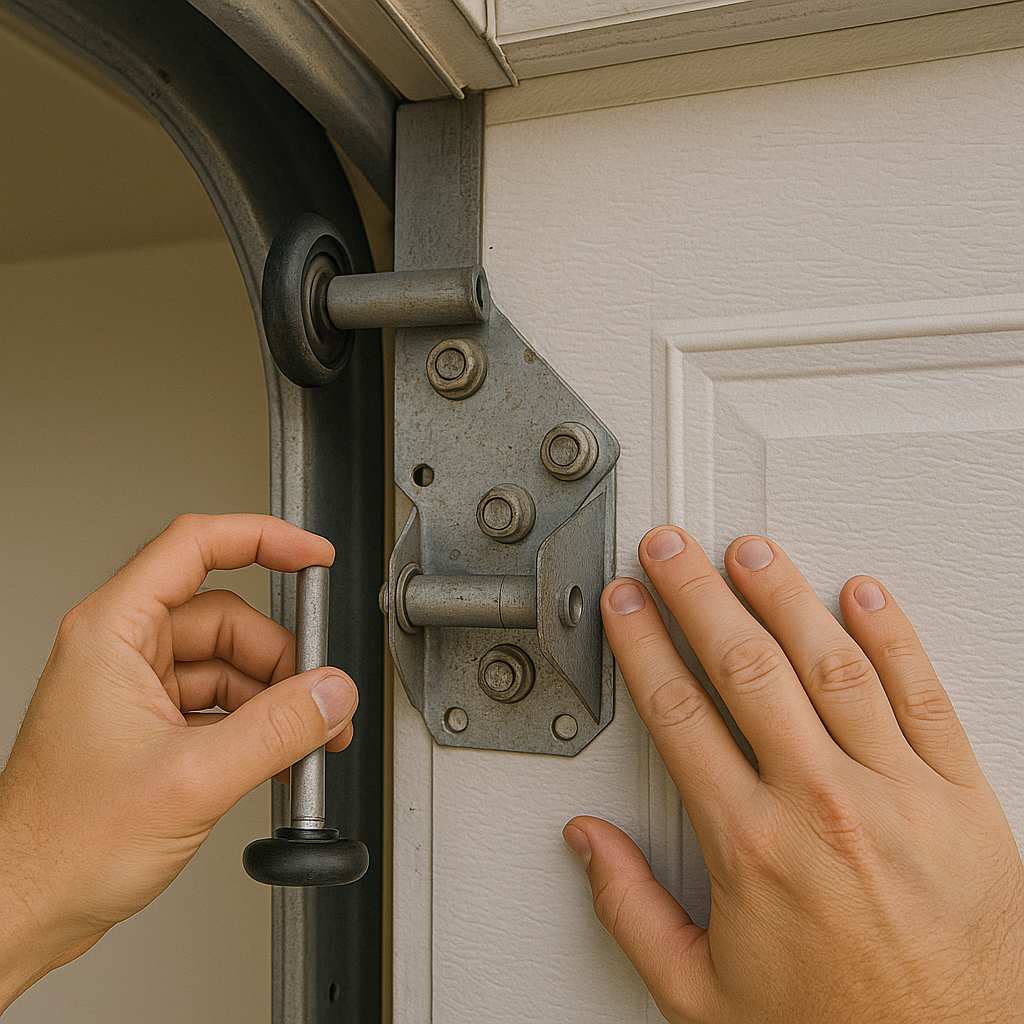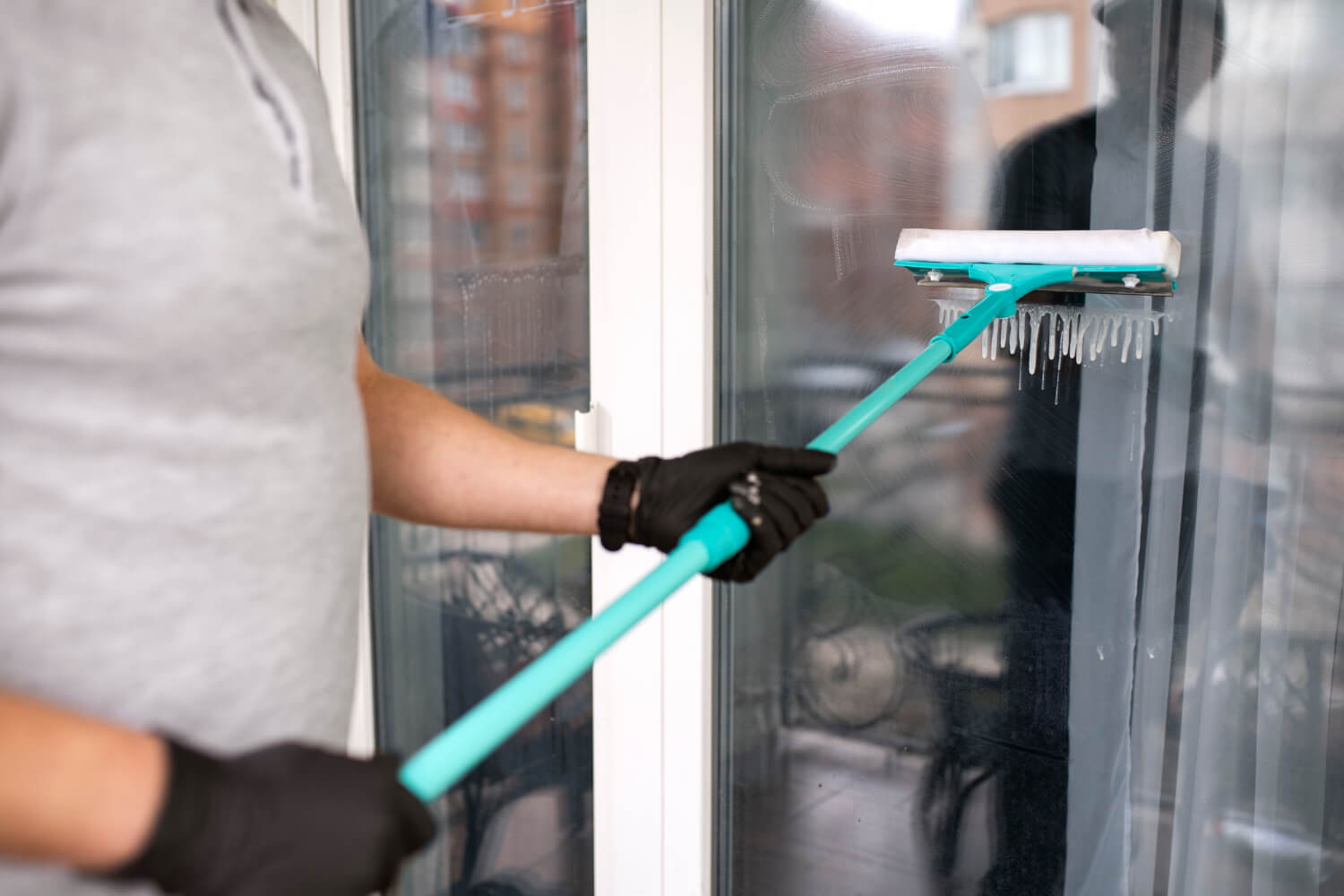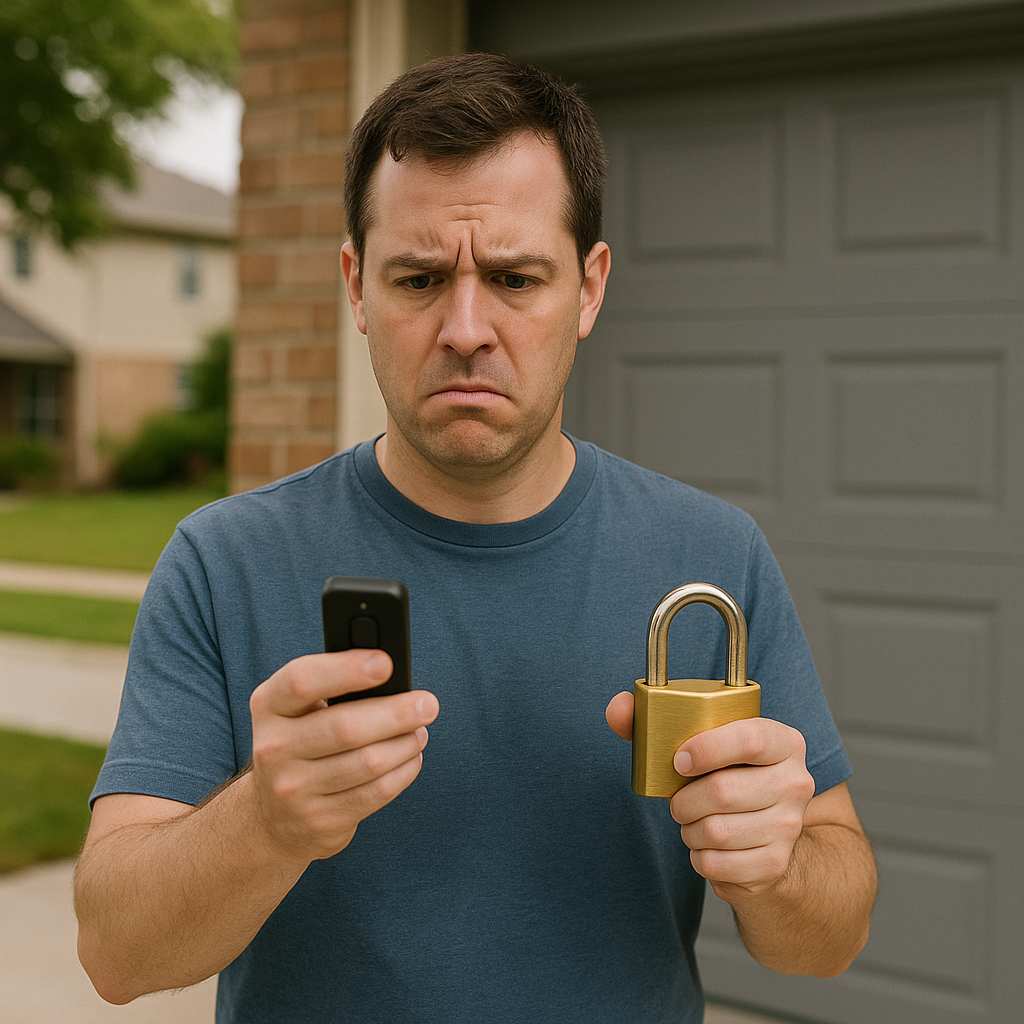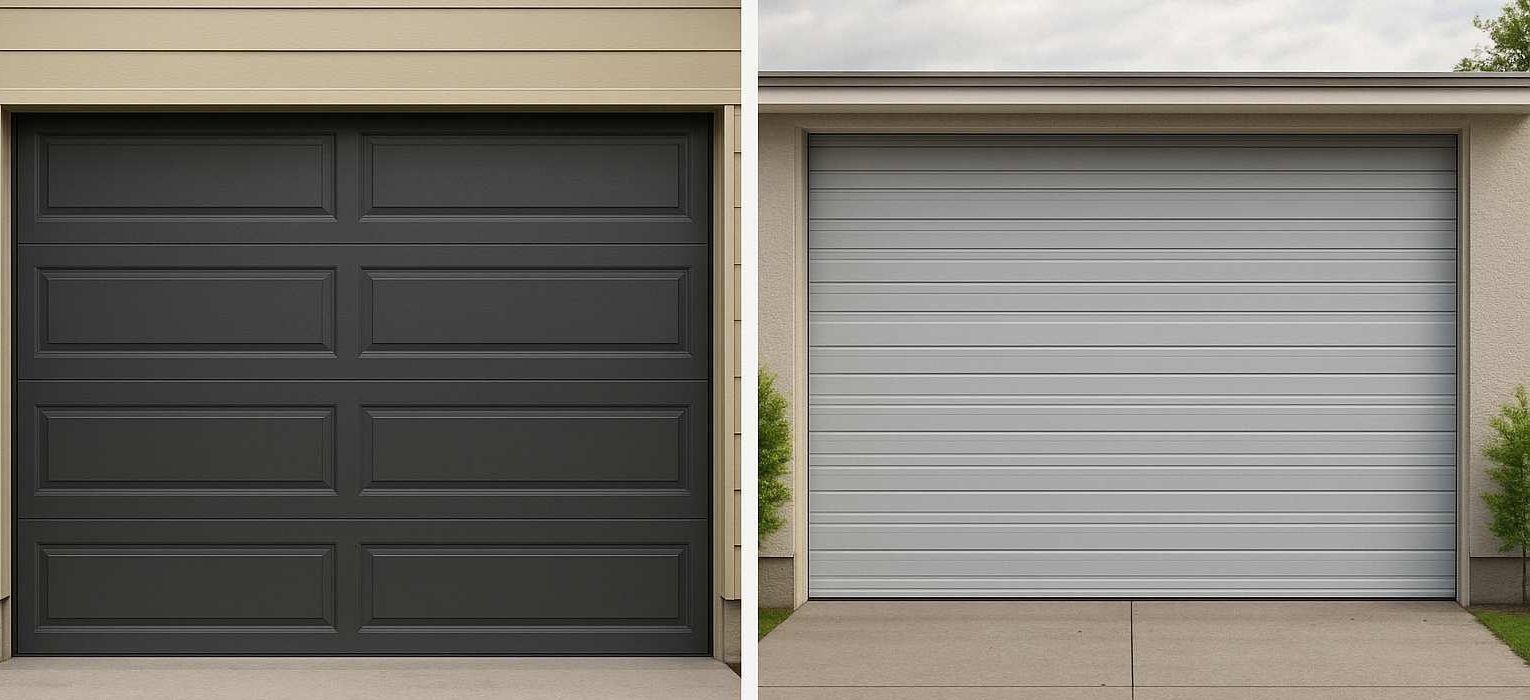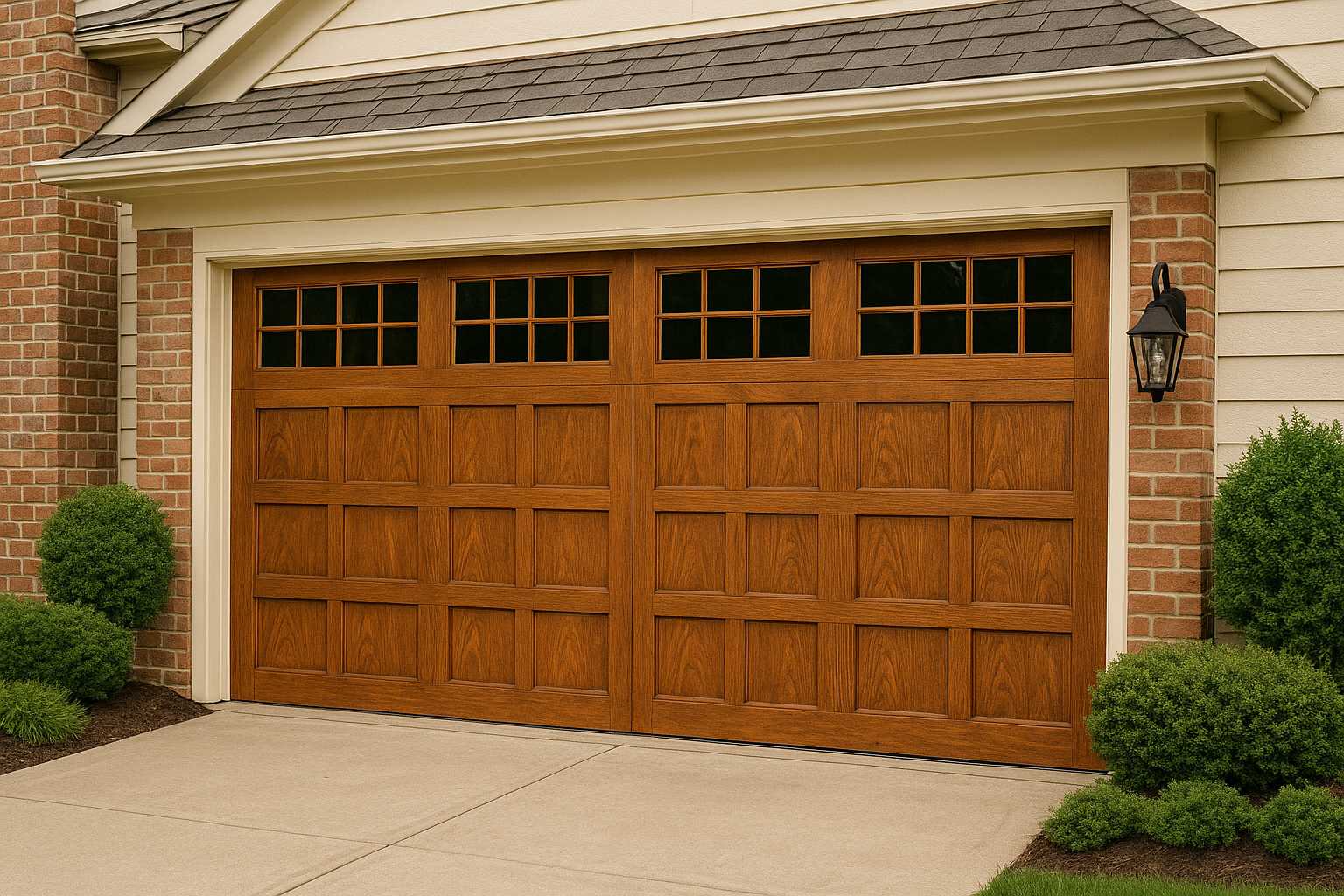When your garage door won’t open, it can really throw a spanner in the works of your day. A broken spring or cable is not just a pesky inconvenience, but something that can seriously affect your garage door’s functionality and your safety. Let’s have a deep dive into when you should call for emergency garage door repair, particularly if you reside in South Australia.
Understanding the Impact of a Broken Spring or Cable
Those hefty garage doors are operated by a carefully balanced system of springs and cables. If either is broken, the door can become inoperable or, worse, a safety hazard. A spring bears most of the weight, whilst a cable is crucial for ensuring smooth, even movement. So, when either goes kaput, emergency garage door repair should be your next call.
Signs You Need an Emergency Garage Door Repair
Here are some tell-tale signs that a trip to Bunnings isn’t going to cut it, and you need a professional in for emergency garage door repair:
- Unusual Noises: Grinding, creaking, or other odd sounds can indicate the system is out of balance.
- Door Stuck or Slow: When you notice the door straining or stuck, it may be time to stop trying to MacGyver it.
- Visible Damage: If you can see a spring or cable dangling like mangoes from a tree, it’s time to put down the tools and pick up the phone.
- Sagging Door Sections: This can happen when the tension of the system isn’t properly distributed.
Immediate Actions and Safety Measures
Your instinct when something is broken might be to fix it immediately, but in the case of garage doors, they carry considerable risk. Here’s what to do to secure the situation safely:
Stay Calm and Assess the Situation
The most crucial thing is to stay collected. Check if the door moves slightly or makes strange noises. This can provide essential clues to what’s gone wrong.
Clear the Area
Your family’s safety is paramount, so ensure the garage is free from people whilst you assess the issue.
Troubleshooting the Problem
While it’s usually best to leave it to the experts, here are some initial troubleshooting steps you can take:
Check the Remote Control and Wall Switch
Start with the simplest fixes—ensuring both the remote and wall switch are functioning can prevent unnecessary calls.
Inspect the Power Source
Has a blown fuse or tripped circuit breaker caused the opener to fail? Or is there a power outage affecting the garage?
Inspect the Garage Door Opener
Look for signs of wear or damage on the opener. Loose wires or skewed tracks are common culprits.
Engaging the Emergency Release Cord
If the power is out or the opener is playing up, you might need to manually open the door:
Locate and Use the Emergency Release Cord
The cord, usually red, hangs from the trolley rail of the opener. Pulling this down disengages the door from the opener.
Manually Operate the Garage Door
- Be Cautious: These doors can be weighty, so proceed with care when lifting.
- Secure the Door: Fix the door in place with a clamp or lock once it’s opened to your desired height.
When to Call for Professional Emergency Garage Door Repair
Although some garage door concerns can be managed on a DIY basis, many require professional attention especially when dealing with springs or cables. Attempting a DIY with these components is not worth the risk of injury or further damage.
Electrical Concerns
If you suspect something’s amiss with the door’s electric opener, leave this to the pros. Electrical jobs require specialist attention.
Complex Mechanical Issues
Broken springs and cables should always be addressed by experienced technicians due to the high tension and intricacy involved in the repairs.
Significant Damage
Massive dents, mangled panels, or worse can only be fixed by professionals who can assess the best method to restore or replace.
Avoid Future Issues with Preventative Maintenance
Taking the time for regular lookovers and maintenance can help avoid these emergencies altogether:
Inspect Frequently
Check tracks, rollers, and springs routinely for wear and tear.
Lubricate Moving Parts
Regular lubrication of tracks, springs, and cables can prevent rust and keep everything smooth.
Test Safety Features
Ensure things like the auto-reverse function are in good working order for added resilience.
Conclusion
Keeping your garage door in top shape is all about knowing when it’s a simple fix and when it’s time for emergency garage door repair. While a few hiccups can be handled with some down-to-earth DIY, spring and cable issues are best left to the experts. Regular maintenance is the best way to keep these emergencies at bay, ensuring your garage door keeps on keeping on smoothly and safely.

